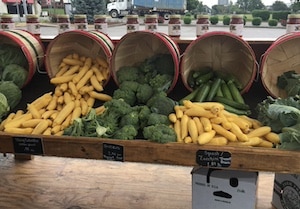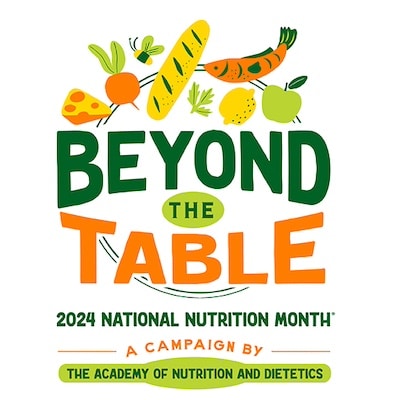
Many Hands
Millions of hands! In fact, 22.1 million full and part-time jobs related to the agricultural and food sector, or a little over 10% of the total U.S. employment,1 help put food on our tables.
Only 1% of U.S agriculture employment is direct farm labor while the ag-related businesses, ranging from seed companies and crop and livestock protection companies to equipment dealers, make up 15%. The largest sector, not surprisingly, is the food-related entities, including food service, restaurants and grocers, which comprise 84% of the reported employment totals.
By Families for Families
The direct farm connection represents less than 2% of our population. But farming in the U.S. is still a family affair. Today, 97% of all farms are family owned,2 ranging from a few acres to thousands, but the number of U.S. farms continues to decline. New data shows there are 1.89 million U.S. farms, reflecting a 7% decrease over the past five years.3

Smith dairy farm in northern Kentucky
While the U.S. farms reflect a decline in number and actual acreage, one area of growth that has changed over the past few years is the composition of who is operating the farms. Today, women make up 36% of the total number of U.S. farm operators 4 or 1.2 million female producers. That is a 27% increase over the past 12 years. According to the USDA, women-operated farms are smaller in size but are more likely than the average farm to produce high-value crops, such as fruits, nuts and vegetables. However, the minority ownership of farms in the U.S. remains around 1%.
Beyond Local
We talk “local,” but our “table” depends on the global food environment!! Nearly all our coffee, spices and cocoa are imported along with most of our fish and shellfish and about half of our fruit and fruit juices. Mexico is our largest supplier of fresh or frozen fruit and vegetables, supplying approximately one-third of the produce, followed by Chile and Canada, respectively. Canada also supplies grains (like canola, barley, wheat) and meats. making it our third largest import supplier of food. The European Union is our second largest import source with products such as wine, spirits and essential oils accounting for more than 60% of the value.5
Why the influx of imports? It’s based on consumer demand and changing food preferences. We appreciate and desire the global influence taste and flavor wherever we live. Likewise, we expect the year-round availability of fresh produce regardless of location. It’s an expectation that can only be met with imports, especially when pricing is competitive to U.S. grown produce.6
Our Challenge

Developed land we previously farmed
Looking beyond the table is not without challenges. While we desire to promote growth of our local sustainable food systems on one side, we often yearn for houses in suburbia and new shopping venues on the other. It’s a conflict that creates challenges. While the growth of local markets benefits from farming within closer proximity to cities and metro areas, the availability of land is fading. The latest data reflects that over almost 14 million acres of farmland has been converted to developed land since 2014, an average loss of almost 2 million acres per year.7
Today, we can grow more food with less land due to advancements in science and technology. But where our food is grown depends on us, as consumers. Food on our table will always reflect the influence of local, national, and global food supplies. But how we decide to use our land will determine how far we will need to seek beyond the table.
References:
1. Ag and Food Sectors and the Economy, U.S. Department of Agriculture Economic Research Service.
2. “Farming Is Still A Family Business In The United States,” Utah Farm Bureau Federation, January 10, 2024.
3. “The number of U.S. farms continues slow decline,” U.S. Department of Agriculture Economic Research Service.
4. “Honoring Female Farmers and Ranchers this Women’s History Month,” by Alexandra Nseir, U.S. Department of Agriculture, March 15, 2023.
5. Agricultural Trade: “Canada and the European Union are the two largest suppliers of U.S. agricultural imports, followed by Mexico,” U.S. Department of Agriculture Economic Research Service.
6. Agricultural Trade: “Exports expand the market for U.S. agricultural products,” U.S. Department of Agriculture Economic Research Service.
7. “Nine Takeaways From The 2022 US Census Of Agriculture,” by Steven Savage, Forbes, March 6, 2024.
Resources:
Learn more about the 2024 National Nutrition Month® “Beyond the Table”

